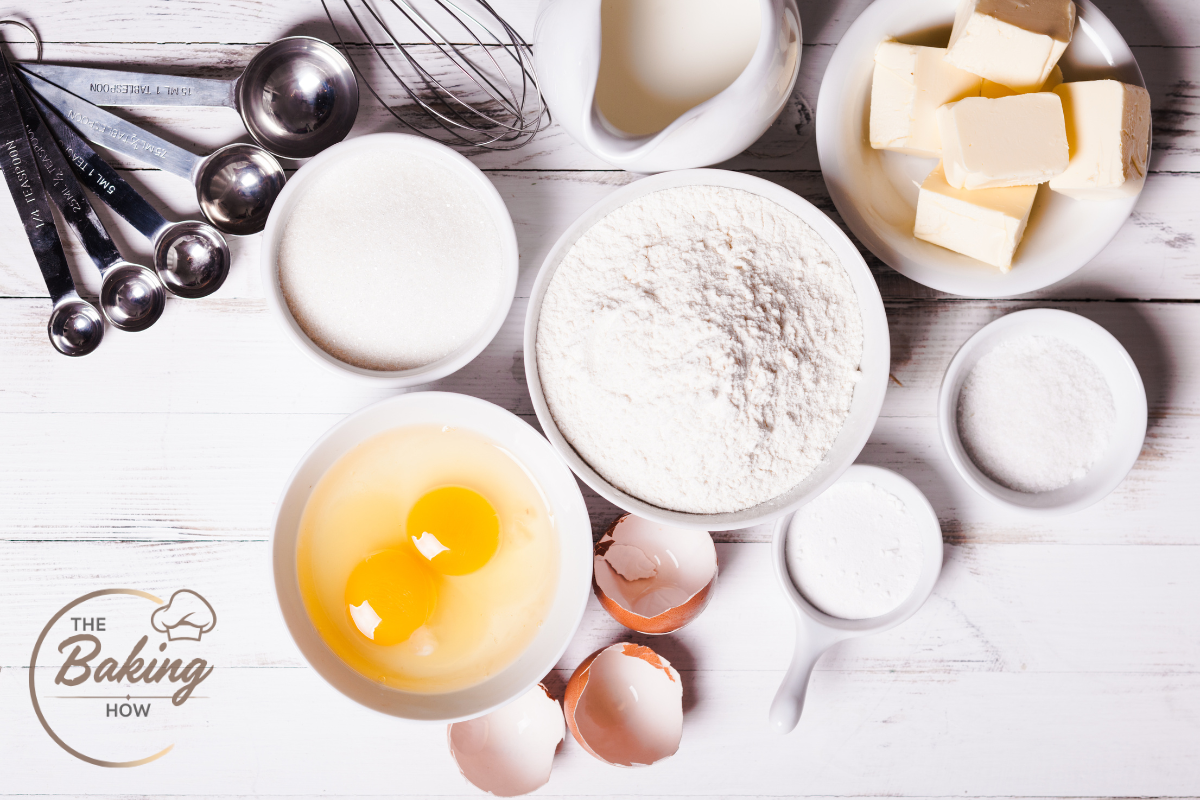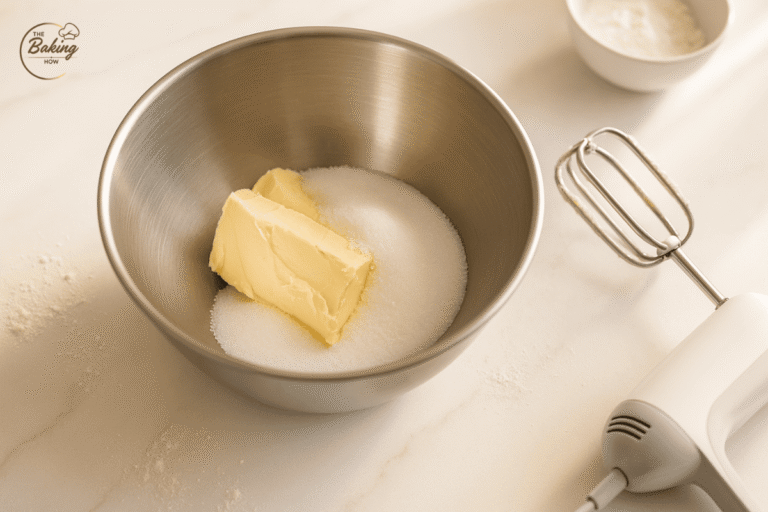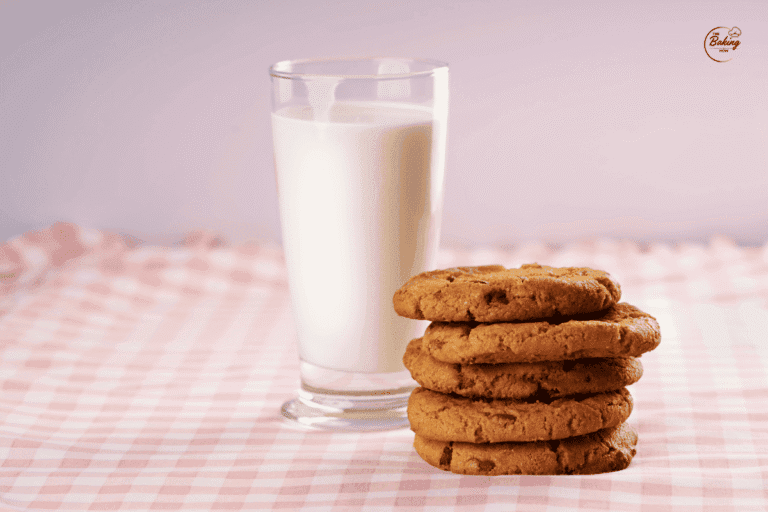Basic Cookie Ingredients Every Beginner Should Know
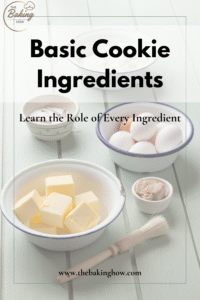
Have you ever tried baking cookies and felt confused about which basic cookie ingredients you really need? Don’t worry — this is one of the most common challenges for beginners. When I first started my career in the baking industry, I was unfamiliar with even the simplest ingredients. But after spending over 17 years working in the biscuit and cookie industry, I’ve mastered how each ingredient affects a cookie’s texture, shape, and flavor.
Flour, sugar, and butter (or shortening) are the foundation ingredients for baking cookies. Each plays a unique role: from providing structure to adding sweetness, richness, and tenderness. Beyond these, there are several other important ingredients and additives that can make or break your cookie recipe.
In this guide, you’ll learn about these essential cookie ingredients, their functions in baking, and how to choose the best quality for perfect results every time. Whether you’re baking your first batch or want to understand the science behind cookies, this post will give you expert-level insights.
Why Knowing Your Ingredients Matters
Baking is not just an art — it’s a science. Each ingredient in your cookie recipe plays a critical role in determining the final texture, flavor, and appearance. Understanding how ingredients work together is the first step toward avoiding flat, dry, or overly chewy cookies.
In my 17 years of experience in the cookie industry, I’ve seen how even small changes in ingredients can lead to big differences in the results. For example, switching from white sugar to brown sugar doesn’t just change sweetness; it also affects the moisture and chewiness of the cookie.
As a beginner, learning the functions of basic cookie ingredients will help you troubleshoot problems, improve your baking skills, and create cookies that look and taste amazing every time.
Learn more about how ingredients impact cookies on Sally’s Baking Addiction.
Flour – The Foundation of Cookies
Flour is the backbone and foundation of every cookie recipe. It provides structure by forming gluten when mixed with liquids. This gluten network holds the cookie together and determines whether your cookies turn out soft, chewy, or crisp.
Pro Tip (from my industry experience):
Always use all-purpose flour for cookies unless your recipe specifies a different type. It has a moderate gluten level, which creates a stable cookie structure without making them hard or tough.
Recommendation:
Always add flour after creaming the butter and sugar. This helps avoid overdeveloping gluten, which can result in dense or rubbery cookies. For better accuracy, weigh your flour using a digital kitchen scale instead of using cups. Scooping flour with cups can lead to adding too much or too little flour, causing cookies to become either overly dense or flat.
For a complete professional breakdown of which flour to use for chewy, crispy, or soft results, see my detailed guide on the best flour for cookies.
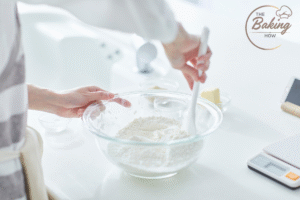
Sugar – Sweetness & Texture
After flour, the second essential ingredient in cookies is sugar. As the name suggests, it’s what gives cookies their sweetness — but sugar does much more than that. It also plays a critical role in developing flavor, color, and texture.
When cookies bake, sugar melts and undergoes caramelization, which creates that beautiful golden-brown color and a rich, slightly nutty flavor. As sugar melts, it also impacts the texture by spreading and tenderizing the dough.
To go even deeper into the science, it’s helpful to understand the specific properties and reactions involved. Learn more in my article that explains exactly what brown sugar does in cookies.
Industry Insight (from my 17 years of baking experience):
In industrial baking, we often use milled sugar for a softer texture and even coloring. For soft, tender cookies, use finely milled or brown sugar, as it retains more moisture and promotes spreading.
Pro Tip:
If you prefer chewy or crispy cookies, go for fine granulated sugar and slightly increase the quantity for a firmer texture.
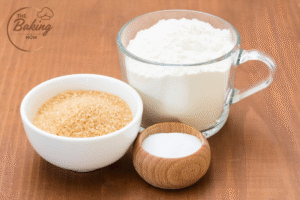
Butter & Fats – Flavor and Softness
After sugar, butter and fats are the third basic cookie ingredients. These are essential for creating the texture and softness that make cookies irresistible.
If you’ve ever broken a cookie and noticed its crumbly, tender texture, that’s thanks to the fats in the recipe. When you cream sugar and butter together, the process incorporates tiny air bubbles into the mixture. This not only creates a light, fluffy cream but also helps cookies spread properly during baking, resulting in soft, crumbly, and slightly chewy cookies.
Because fat is so critical for texture and spread, it’s essential to understand exactly what butter does in cookies from a scientific perspective.
Industry Insight (from my experience):
In large-scale baking, we often use vegetable oil–based biscuit shortening. It’s more economical than butter and, in many cases, works even better due to its stable melting point.
Pro Tip:
Always use room-temperature butter or shortening for creaming.
- Using cold butter may lead to dense, under-creamed dough, causing spreading issues.
- On the other hand, overly melted butter can make the dough too liquid, resulting in flat and chewy cookies.
Recommendation:
For perfect creaming at home, use a hand mixer to blend sugar and butter evenly.
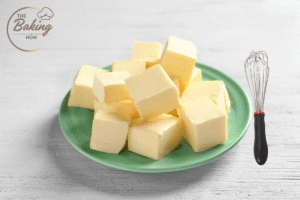
Eggs – The Emulsification Agent
Although eggs are not a basic ingredient in every cookie recipe, they provide multiple functional benefits when included. In fact, it’s easy to make eggless cookies, but using eggs can enhance texture and flavor in unique ways.
Function of Eggs in Cookies:
Eggs act as a natural emulsifier, helping fats and water mix together during creaming. This results in a smooth dough and cookies with a soft, tender, and slightly crumbly texture. Eggs also contribute to a richer flavor and can add a subtle golden color to baked cookies.
Industry Insight (from my 17 years of baking experience):
In large-scale cookie production, we rarely use fresh eggs in high quantities. Instead, we combine water, egg powder, and soy lecithin to achieve emulsification efficiently and cost-effectively.
Food Safety Tip:
Always wash eggs thoroughly before breaking them to reduce the risk of allergens and pathogens.
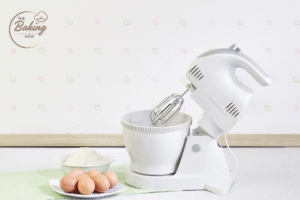
Leavening Agents – The Rising Power (baking soda & baking powder)
You cannot achieve the perfect rise and shape of cookies without leavening agents. Also called raising agents, these ingredients help cookies expand in volume during baking.
When exposed to oven heat, baking soda or baking powder releases carbon dioxide gas and water. This reaction causes the cookie dough to rise, creating an airy, crumbly texture. The result is cookies that are soft, tender, and easy to break apart.
Industry Insight (from my 17 years of baking experience):
In large-scale production, we often use ammonium bicarbonate as a leavening agent because of its stronger rising power compared to baking soda or baking powder. However, I do not recommend using ammonium bicarbonate for home baking, as it requires precise handling and control.
Pro Tip:
Store baking soda and baking powder in a cool, dry place in airtight jars to keep them fresh and active. Expired leavening agents can lead to flat, dense cookies.
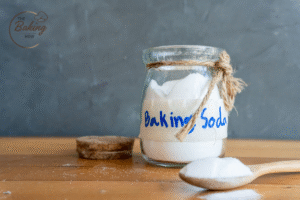
Milk & Flavorings – The Finishing Touch
At the final stage of cookie preparation, flavors and additives play an essential role in differentiating your creations. Imagine baking without these ingredients — we wouldn’t have milk cookies, butter cookies, chocolate chip cookies, or even classic vanilla cookies!
You can use natural ingredients like nuts, cocoa powder, and full cream milk powder to enhance taste. Alternatively, natural identical or artificial flavors can provide consistent results in your baking.
Industry Insight (from my 17 years of experience):
In large-scale production, we use heat-stable and oil-based flavors because cookies are baked at high temperatures (200–220°C). These flavors ensure the aroma and taste remain intact even after baking.
Pro Tip:
Always measure flavorings precisely. Using too much can lead to a bitter aftertaste, while too little may result in bland cookies.
Recommendation:
A set of mini measuring spoons (affiliate link) can help you add exact quantities of flavorings for perfect results every time.
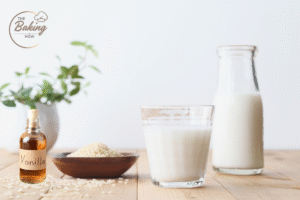
Final Thoughts: Mastering Basic Cookie Ingredients
Every cookie recipe begins with a few simple ingredients — but understanding their roles can take your baking to a whole new level. From flour that builds the structure to butter and fats that create rich texture, and from leavening agents that give rise to flavors that define each cookie, every component plays its part.
With 17 years of experience in the biscuit and cookie industry, I can confidently say: mastering these basics is the first step to baking cookies that look and taste professional — even in a home kitchen.
Ready to put your knowledge into action?
👉 Check out our must-have baking tools guide to prepare your kitchen.
👉 Avoid these common cookie baking mistakes to bake like a pro.
💡 Pin it & Share!
If you found this guide helpful, don’t forget to save it on Pinterest and share it with fellow baking lovers. 🍪✨
Which ingredient are you most excited to experiment with? Tell me in the comments below!
FAQs Basic Cookies Ingredients
What is the best type of flour for making cookies?
Q: How does the temperature of butter affect my cookies?
Q: What’s the real difference between using brown sugar and white sugar?
Q: Is it really necessary to chill cookie dough before baking?
Q: How much do small changes in ingredient ratios really matter?

